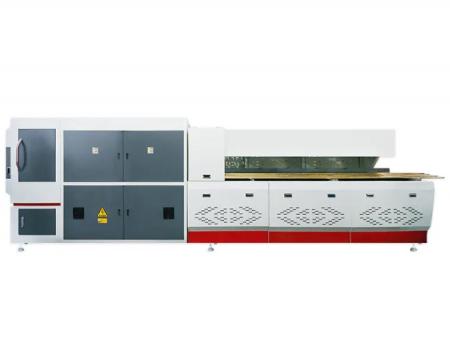Forging heating furnaces play a pivotal role in the manufacturing industry, particularly in the hot forging process. These furnaces utilize various heating methods to bring metallic workpieces to the required temperature for forging. Temperature control and safety measures are paramount in their operation to ensure both efficiency and worker well-being.
Different types of heating methods are employed in forging heating furnaces, each offering unique advantages depending on the application. Induction heating, for instance, utilizes electromagnetic induction to heat the workpiece rapidly and uniformly, making it suitable for high-volume production and complex shapes. Another common method is gas heating, where natural gas or propane is burned to generate heat, offering flexibility and cost-effectiveness. Additionally, resistance heating involves passing an electric current through the workpiece, heating it due to its resistance, commonly used for smaller-scale operations.
Temperature control is critical in forging heating furnaces to achieve precise heating profiles and maintain material integrity. Advanced temperature monitoring systems, such as thermocouples and infrared sensors, ensure accurate temperature readings throughout the heating process. This control is essential to prevent overheating, which can lead to material degradation, or underheating, resulting in incomplete forging and product defects.
Safety measures are imperative when operating forging heating furnaces to mitigate potential hazards and ensure the well-being of personnel. Proper training on furnace operation and safety protocols is essential for all personnel involved. Protective gear, including heat-resistant clothing, gloves, and safety glasses, should be worn at all times. Regular maintenance and inspection of equipment, including checking for gas leaks and ensuring proper ventilation, are crucial to prevent accidents.
In a manufacturing setup, forging heating furnaces integrate seamlessly with hot forging machine tools to streamline the production process. The heated workpieces are transferred from the furnace to the forging machine, where they undergo shaping and forming processes. Close coordination between furnace operators and machine tool operators is essential to maintain workflow efficiency and product quality.
In conclusion, forging heating furnaces are integral to the hot forging process, employing various heating methods to bring workpieces to the required temperature for forging. Temperature control and safety measures are paramount in their operation to ensure efficiency and worker well-being. Integration with hot forging machine tools facilitates a seamless production process, emphasizing the importance of collaboration and coordination in manufacturing operations.












Comments (0)